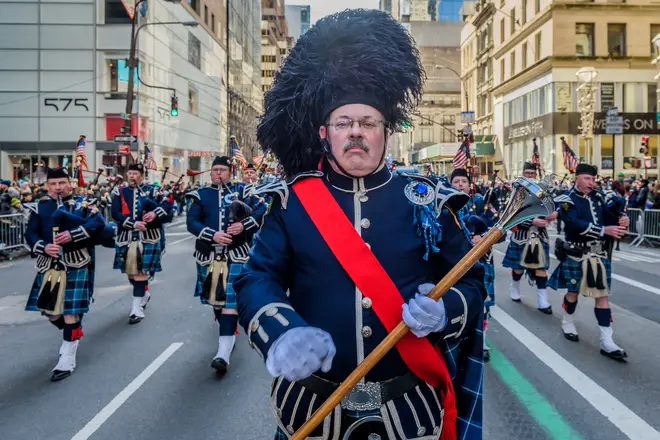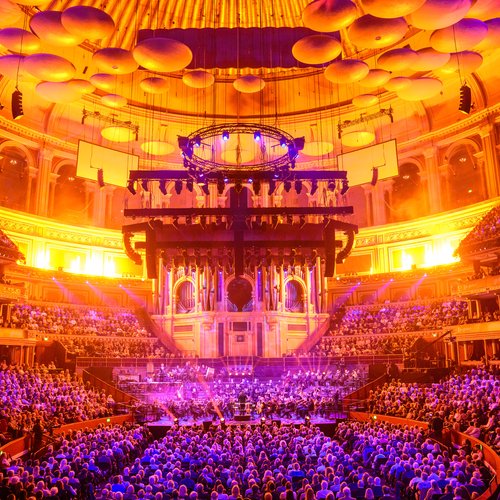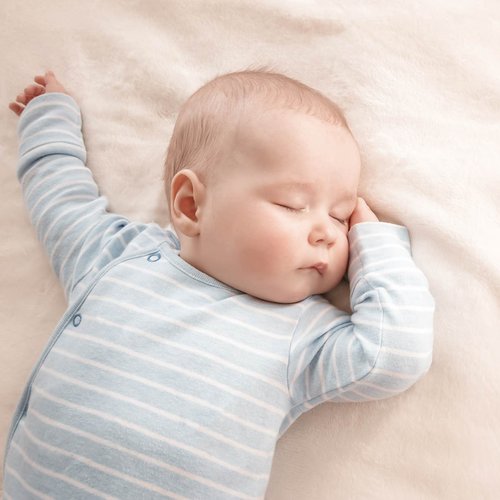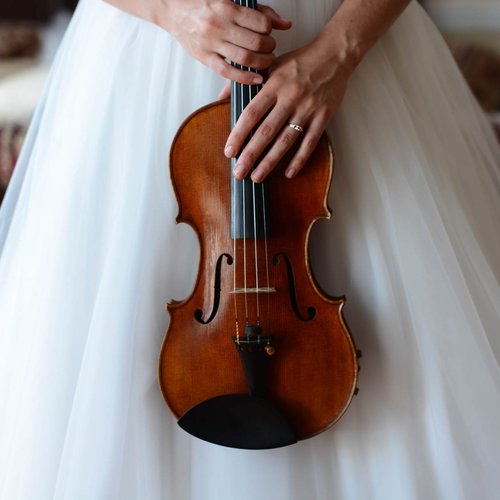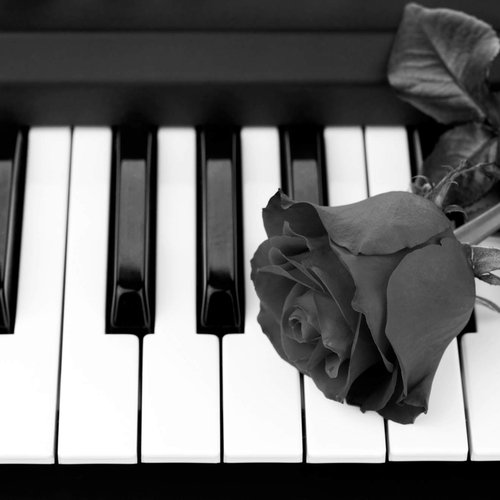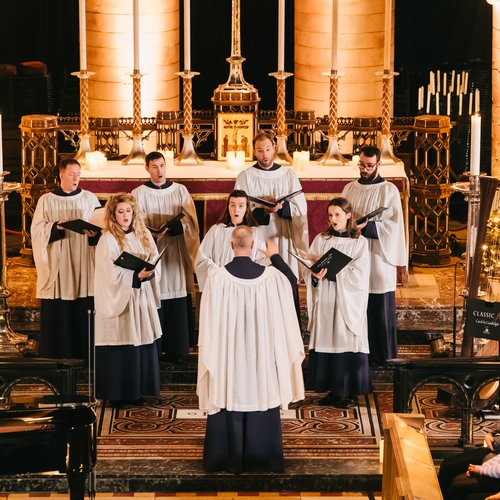How the marching band became a staple of American music education
24 November 2021, 17:31 | Updated: 25 November 2021, 17:01
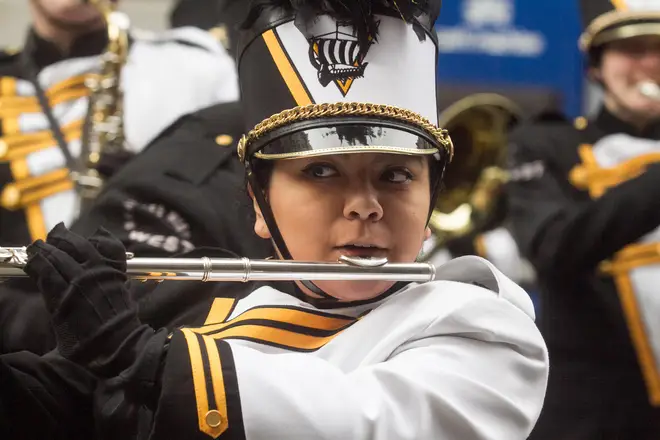
In America, high school football games conjure up images of padded-shouldered players, choreographed cheerleaders, and a cheerful marching band. But how did this musical ensemble become so embedded in the country’s education system?
Listen to this article
The history of marching bands goes all the way back to the medieval era, when musicians were included in feudal armies, in order to maintain morale for the soldiers, as well as direct the troops.
But while most countries have maintained a marching band presence in their military institutions, America has brought the marching band into the classroom.
Today, the music ensembles are a staple of most high schools and colleges across the country.
But how did this musical ensemble with a military history find its way to the school football field?
Watch more: School marching band turns Lizzo’s ‘Truth Hurts’ into a glorious brass fanfare

Marching Trumpet Player Films Spectacular Fail
When were marching bands introduced in schools?
Marching bands have had a presence at American universities since the 19th century.
This is typically because they were associated with Reserve Officers’ Training Corps programs, which are university-based officer training programs.
Founded in 1845, the oldest American college marching band is the University of Notre Dame’s Band of the Fighting Irish, and the band first performed at a football game 30 years later in 1887.
It is said that the founder of the university, the reverend Edward Sorin, was a clarinettist, and was keen for the university to have a strong musical program.

Ohio State Marching Band Hollywood Blockbusters Halftime Show 10 26 2013 OSU vs Penn State
In 1907, after being inspired by a flock of birds flying in a V formation, the Purdue All-American Marching Band became the first band to break standard marching patterns, as seen on the battlefield, and instead create pictorial formations.
The first half-time show during a football game was performed that same year, by the University of Illinois Marching Illini.
Appearing at the same time as these new musical innovations, was the concept of a university fight song, which were pieces of music written to inspire morale and a type of patriotism for your school.
These started being performed by university bands at sporting events, in order to encourage the spectators to cheer louder and join in with the school spirit-inspired lyrics.
Watch more: This marching band's rock 'n' roll performance is mesmerising
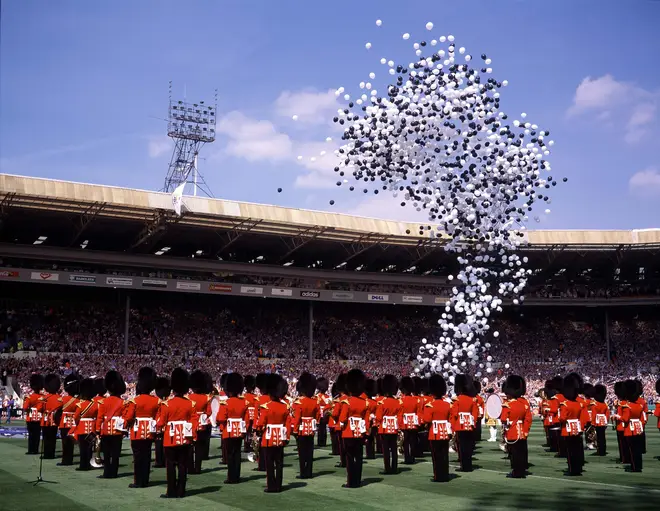
Do marching bands exist in the UK?
Going all the way back to the 18th century, each regiment in the British Army has maintained his own military band, and both the Marines and the Royal Air Force also have their own ensembles.
Marching is an important tradition in the military and learning this forms part of basic training both in the UK, and in other countries.
In the British military, all of the musicians are qualified soldiers, and every performer must undergo basic military training before they begin their musical training.
The bands march while playing in parades and a variety of other performances, such as Trooping the Colour, and Changing the Guard.
Learn more: 17 incredible pictures of military bands throughout history
Music in parades
Bands perform in multiple parades across the world, from royal events, to annual holidays.
The largest parade in the world is the Macy’s Thanksgiving Day Parade, which takes place in New York City, and features 10 marching bands, and almost 8,000 performers.

In most parades, the band will be led by a ‘Drum Major’ (also known as a field commander). This role is responsible for conducting the ensemble, and due to the spread-out nature of a parade, they will usually carry a large baton or mace.
